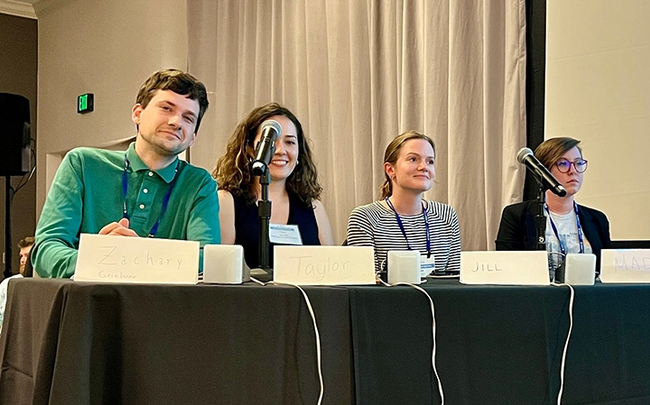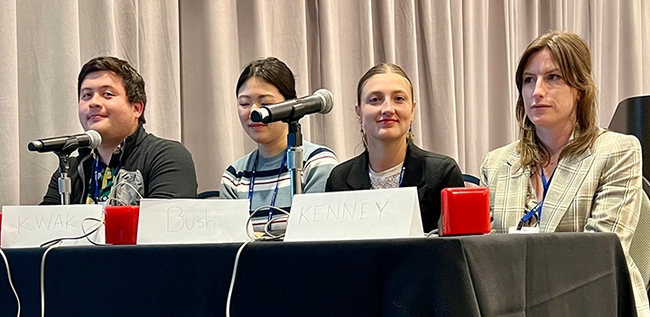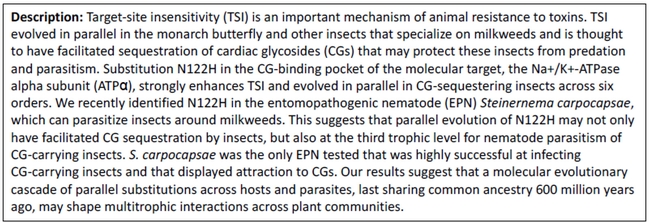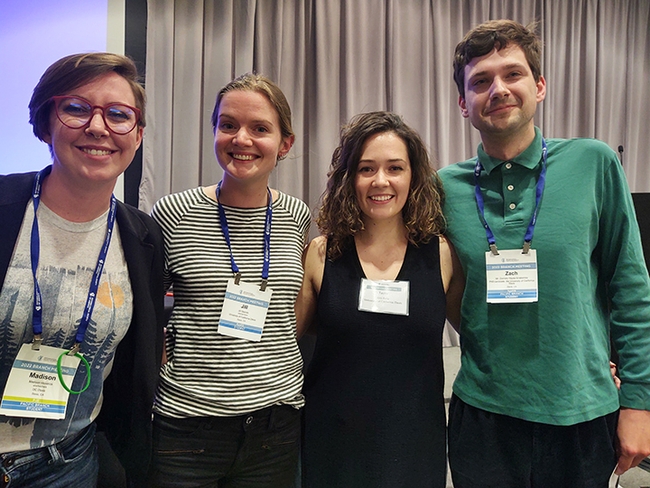- Author: Kathy Keatley Garvey
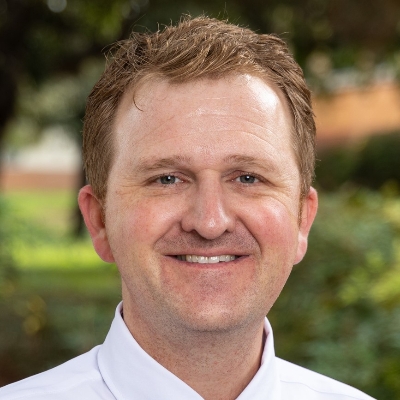
His seminar will be in Room 122 of Briggs Hall and also will be on Zoom. The Zoom link: https://ucdavis.zoom.us/j/95882849672. Associate professor and nematologist Shahid Siddique of the Department of Entomology and Nematology is the host.
Dillman, a professor of parasiotology and nematology, chairs the UCR Department of Nematology. He holds a bachelor's degree in microbiology from Brigham Young University (2006) and a doctorate in genetics (2013) from the California Institute of Technology.
The abstract of his UC Davis seminar:
Known as an excellent investigator and teacher, Dillman won the 2022 UC Riverside Chancellor's Award for Excellence in Undergraduate Research and Creative Achievement; the 2021 Award for Excellence in Teaching from the Society of Nematologists, and a 2020 Outstanding Investigator Award, Maximizing Investigators' Research Award (MIRA).
His lab page details his research. Recently a guest of an episode on the podcast Something Offbeat, he discussed a scientific article on a case of Ophidascaris robertsi infection in a human brain.
Seminar coordinator is Brian Johnson, associate professor, UC Davis Department of Entomology and Nematology. For Zoom technical issues, he may be reached at brnjohnson@ucdavis.edu. The list of seminars is here.
- Author: Kathy Keatley Garvey
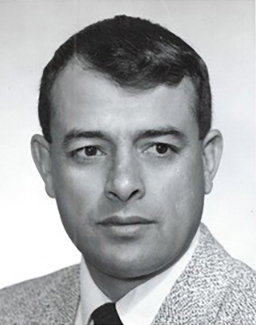
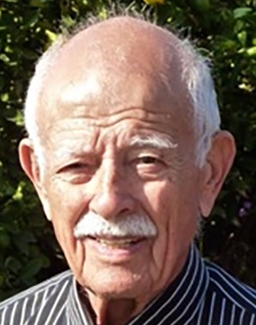
Robert Washino, emeritus professor of entomology, emeritus chair of the UC Davis Department of Entomology, and emeritus associate dean of the UC Davis College of Agricultural and Environmental Sciences, praised him for his research and friendship.
"I first met Mir who was on the UC Riverside campus in the early 1960s for the first organizational meeting of the UC Systemwide Mosquito Research Program with biologists representing UC Berkeley, UC Davis, UCLA and UC Riverside," Washino recalled. "From that day forward, all of us in mosquito research competed for research funding and became either friends and/or competitors and sometimes both. I could have written a book on all that took place and it would have been a best seller if it were ever published but it was fun while it lasted!"
That was when the names of Barr, Work, Shaefer, Garcia, Reeves, Belkin, Bohart, Mulla and Washino--and more--populated the mosquito research news, or names "from the good ol days," said Washino, now 91.
"Mir was a great help to me getting started at UC Riverside, particularly in my mosquito days," said UC Davis distinguished professor Bruce Hammock, who holds a joint appointment with the Department of Entomology and Nematology and the UC Davis Comprehensive Cancer Center.
Major Dhillon, retired district manager of the Northwest Mosquito Abatement District, headquartered in Corona, Riverside County, and executive director emeritus of Society for Vector Ecology (SOVE), based in Ontario, Calif., was a 49-year friend and colleague.
"He was my major professor under whom I got my doctorate," Dhillon said. "I met him when he was 49 years old and I lost him after 49 years. He was a great mentor and TRULY an exemplary scientist of international fame.”
Dhillon said that Mulla donated $50,000 to SOVE last year at a memorial lecture. Mulla is credited with helping establish the UC Riverside's medical entomology department. He was named a fellow of the Entomological Society of America in 1995 and a Fellow of the American Association for the Advancement of Science in 1998. The World Health Organization honored him with its Distinguished Service Award in 2010, and SOVE singled him out for a Lifetime Achievement Award in 2009.
Mulla's Formula. Mulla was a close associate of William "Bill" Reisen, professor emeritus, Department of Pathology, Microbiology and Immunology, UC Davis School of Veterinary Medicine. Reisen wrote about Mulla's Formula to Estimate Control in a book, Vector Biology, Ecology and Control, pages 127-137, published in 2010:
"In California, the endemic mosquito borne encephalitides, including West Nile virus, are contained by special districts using integrated vector management programs. These agencies combine public education, source reduction and proactive larval control to suppress mosquito abundance to the point where tangential transmission of virus to humans is rare or unlikely. However, when these methods in concert fail to prevent enzootic amplification and the risk of human infection becomes eminent or is on-going, emergency adulticide applications of pyrethrin compounds are used to interrupt transmission. The efficacy of these applications has become controversial and some cities have opted to not apply adul-ticides. The current paper describes how a formula developed Dr. Mir Mulla some 40 years ago is still useful in solving contemporary problems of estimating percent control, a statistic useful in evaluating intervention efficacy. This simple but effective equation accounts for changes in both control and treated populations and thereby can be applied in dynamic situations where abundance is not stable. Examples are presented from ground and aerial experimental applications in Riverside County and from emergency interventions in Sacramento County in 2005 and Yolo County in 2006."
According to a 2008 UC Riverside newsletter, Mir served as a major professor for 27 doctoral students and three master's students; mentored more than 30 visiting scientists from overseas; and trained 20 postdoctoral scientists. "Dr. Mulla has made noteworthy contributions to, and has served in, numerous national and international organizations. These include the World Health Organization, with over 40 years of service in capacities such as science advisor, member of the Expert Advisory Panel, member or chair of steering committees or scientific working groups, as well as temporary advisor on numerous international projects. His publications (over 400) are well known around the world and are sought after by many scientists and specialists."
Native of Afghanistan. Born in Zangawat, Afghanistan to a family of 12 brothers and 4 sisters, Mir received a scholarship in 1948 to Cornell University where he obtained his undergraduate degree in entomology and parasitology in 3.5 years. He received his doctorate at UC Berkeley. In 1956, joined the UC Riverside faculty to help establish a medical entomology department, and launched his research on the control of eye gnats and mosquitoes.
From the Riverside Press-Enterprise obituary: "In his 50-year career as a medical entomologist, Dr. Mulla pioneered insect control methods throughout Southern California and the world. Mir's techniques for eye gnat and mosquito control improved people's health worldwide. He was a prolific scientist who authored more than 500 scientific publications. He loved field work and was a demanding editor, guiding over 30 graduate students. Mir led World Health Organization efforts to help developing countries control vector-borne diseases, including malaria. He traveled to many countries in this endeavor."
His wife of 64 years, Leila "Lee" Patterson Mulla, died Aug. 9, 2019 at age 88. They met at the International House at UC Berkeley during his graduate studies and married in August 1954. They raised four children, David, Shireen, Dean and Janet.
"Mir served as a leader in the Riverside Muslim community," according to the obituary. "He and Lelia founded the Islamic Society of Riverside and Orange Counties and played a key role in building the Islamic Center of Riverside, the first mosque in the Inland Empire. His philanthropic work included supporting the local Muslim community, donating land to Riverside County Parks to preserve public access to Sugarloaf Mountain for generations and establishing scholarships with the University of California Riverside in the College of Agriculture and Natural Sciences."
A Muslim funeral prayer (Janazah) will be held Friday, Feb. 3 after the 1 p.m. Jum'a prayer at Islamic Center of Riverside, 1038 W Linden St., Riverside. A public memorial service will be held Saturday, Feb. 4 at 11 a.m. at the Norco Family Funeral Home, 2645 Hammer Ave, Norco, followed by burial at 1:20 p.m. Saturday at Pierce Brothers Crestlawn Mortuary, 11500 Arlington Ave, Riverside.
Donations in his memory can be made to the Dr. Mir S. Mulla and Lelia L. Mulla Endowed Scholarship Fund, UC Riverside Foundation (access https://myadv.ucr.edu/ and search for "Mulla") or the Islamic Center of Riverside, https://www.islamiccenterofriverside.net/donate).
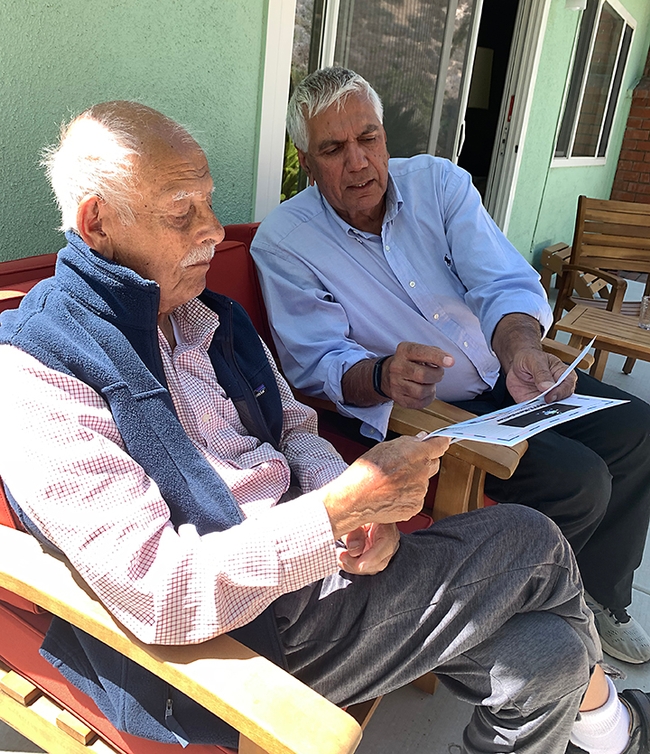
- Author: Kathy Keatley Garvey
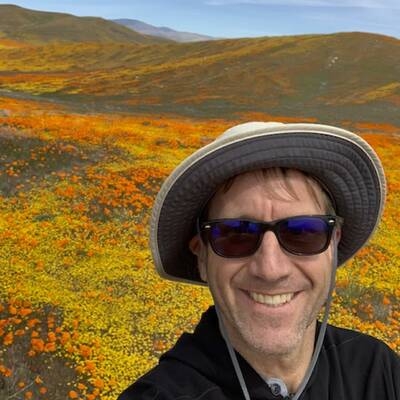
The seminar will take place at 4:10 p.m., in 122 Briggs Hall and also will be virtual. The Zoom link:
https://ucdavis.zoom.us/j/95882849672.
"Flowers are more than just a source of food for bees; they can also act as hubs of microbial transmission," McFrederick says in his abstract. "Some pathogenic microbes can spillover from social bees into solitary species and move through plant-pollinator networks, while others have more restricted host ranges. We use a combination of fieldwork, laboratory assays, molecular ecology, and genomics to understand the evolution and ecology of these microbes. In this talk I will discuss how plant-pollinator networks can help us understand relationships between bee hosts and pathogens and other microbes."
"I will then explore the evolution of pathogenicity in the fungal genus Ascosphaera. While Ascosphaera is best known as the causative agent of chalkbrood disease, the genus is ancestrally commensal and pathogenicity has evolved independently several times. I will finish by discussing the microbiomes of bees that have reverted to a carnivorous lifestyle, the so-called bee vulture. Our ultimate goal is to leverage these symbionts to improve bee health, and we are just beginning to understand many of these weird and wonderful relationships."
McKendrick studies studies symbionts (pathogens, commensals, and mutualists) of wild and solitary bees, with the goal of leveraging these symbionts to protect bee populations and communities. His research includes a stingless species of bee in Costa Rica. He and fellow researchers "set up baits — fresh pieces of raw chicken suspended from branches and smeared with petroleum jelly to deter ants," according to a UC Riverside news story. published Nov. 23, 2021.
"The baits successfully attracted vulture bees and related species that opportunistically feed on meat for their protein," wrote Jules Bernstein. "Normally, stingless bees have baskets on their hind legs for collecting pollen. However, the team observed carrion-feeding bees using those same structures to collect the bait." McFrederick called them "little chicken baskets."
“The vulture bee microbiome is enriched in acid-loving bacteria, which are novel bacteria that their relatives don't have,” McFrederick related. “These bacteria are similar to ones found in actual vultures, as well as hyenas and other carrion-feeders, presumably to help protect them from pathogens that show up on carrion.”
The article noted that "One of the bacteria present in vulture bees is Lactobacillus, which is in a lot of humans' fermented food, like sourdough. They were also found to harbor Carnobacterium, which is associated with flesh digestion."
McFrederick and his colleagues published their research, "Why Did the Bee Eat the Chicken? Symbiont Gain, Loss, and Retention in the Vulture Bee Microbiome?" in the Nov. 21, 2021 edition of the American Society for Microbiology.
McFrederick holds a bachelor's degree in integrative biology (1992) from UC Berkeley, and a master's degree in conservation biology (2004) from San Francisco State University, where he studied with advisor Gretchen LeBuhn. He went on to receive his doctorate in biology in 2010 from the University of Virginia, where he was advised by Douglas Taylor.
Among his awards:
- 2017: Hellman Fellowship
- 2016: Outstanding Faculty Award from the UCR Entomology Graduate Student Association.
- 2010: Award for Excellence in Scholarship in the Sciences from the Vice-President for Research, University of Virginia. The award recognizes “excellence in original scholarship by Ph.D. students at the University”
- 2010: Graduate Teaching Assistant Award from the Department of Biology, University of Virginia
The UC Davis Department of Entomology seminars, coordinated by urban landscape entomologist Emily Meineke, assistant professor, are held on Wednesdays through March 15. (See schedule.) Eight of the 10 will be in-person in 122 Briggs Hall, and all will be virtual.
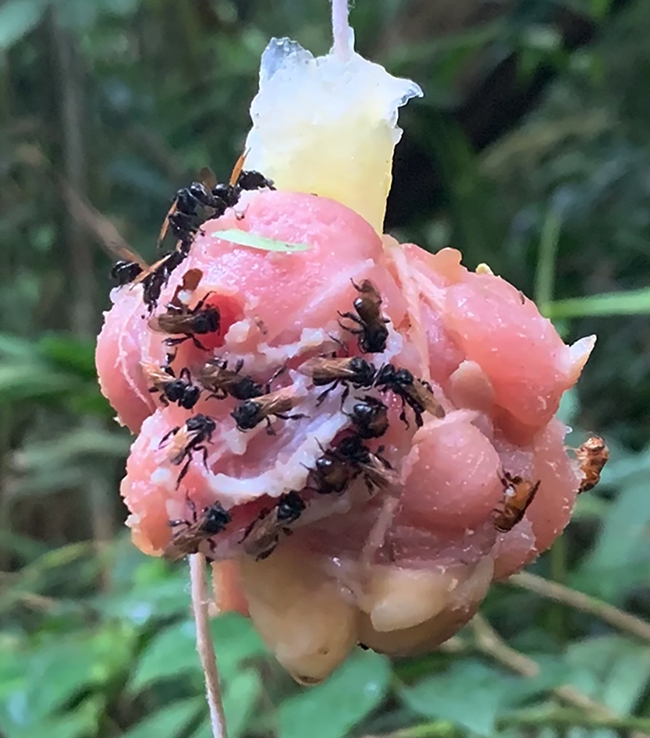
- Author: Kathy Keatley Garvey
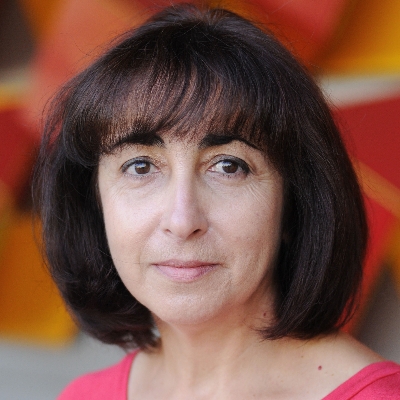
Kaloshian will speak on "Root-Knot Nematode Perception and Immune Signaling in Arabidopsis" at a hybrid seminar, both in-person and virtual, at 4:10 p.m., Wednesday, June 1 in 122 Briggs Hall. The Zoom link is https://ucdavis.zoom.us/j/99515291076.
Kaloshian will discuss her recent research, "A G-lectin Receptor Kinase is a Negative Regulator of Arabidopsis Immunity Against Root-Knot Nematode Meloidogyne incognita," published in bioRxiv in October 2021. She and her colleagues found that "A plasma membrane localized G-lectin receptor kinase acts as a negative immune regulator by interfering with defense responses activated by nematode and microbial elicitors."
"Root-knot nematodes (Meloidogyne spp., RKN) are responsible for extensive crop losses worldwide," she and her colleagues wrote in their abstract. "For infection, they penetrate plant roots, migrate between plant cells, and establish feeding sites, known as giant cells, in the root pericycle. Previously, we found that nematode perception and early plant responses were similar to those for microbial pathogens and require the BAK1 co-receptor in Arabidopsis thaliana and tomato. To identify additional receptors involved in this process, we implemented a reverse genetic screen for resistance or sensitivity to RKN using Arabidopsis T-DNA alleles of genes encoding transmembrane receptor-like kinases. This screen identified a pair of allelic mutations with enhanced resistance to RKN in a gene we named ENHANCED RESISTANCE TO NEMATODES 1 (ERN1). ERN1 encodes a G-type lectin receptor kinase (G-LecRK) with a single pass transmembrane domain. Further characterization showed that ern1 mutants displayed stronger activation of MAP kinases, elevated levels of the defense marker MYB51, and enhanced H202 accumulation in roots upon RKN elicitor treatments. Elevated MYB51expression and ROS burst were also observed in leaves of ern1 mutants upon flg22 treatment. Complementation of ern1.1 with 35S- or native promotor-driven ERN1 rescued the RKN infection and enhanced defense phenotypes. Taken together, our results indicate that ERN1 is an important negative regulator of immunity."
Kaloshian, who joined the UC Riverside faculty in 1997 and chaired the Department of Nematology from 2017-2021, was named divisional dean on July 1, 2021. During her three-year term, she is overseeing four departments: Botany and Plant Sciences, Entomology, Environmental Sciences, and Nematology.
As a molecular geneticist, Kaloshian studies the interactions between plants and nematodes, and insect pests. Her grants have been funded by the National Institute of Food and Agriculture and the National Science Foundation. She has served as a senior editor of journals in her field of research. (See UC Riverside news story)
Kaloshian is a fellow of the American Association for the Advancement of Science and a recipient of the Syngenta Award for Excellence in Research from the Society of Nematologists. Her other honors include the Chancellor's Award for Excellence in Undergraduate Research and Creative Achievement, and the UC Riverside Distinguished Service Award for her development of the COVID-19 campus testing lab.
Kaloshian holds a bachelor of science degree in agricultural engineering and master's degree in plant protection from American University of Beirut. She obtained her doctorate in plant pathology from UC Riverside and completed her postdoctoral training at UC Davis.
Hosting the seminar is coordinator Shahid Siddique, assistant professor, UC Davis Department of Entomology and Nematology. For any technical issues, contact him at ssiddique@
- Author: Kathy Keatley Garvey
The UC Davis Entomology Games Team won the championship at the annual meeting of the Pacific Branch, Entomological Society of America, held April 10-13 in Santa Rosa, by defeating the UC Riverside Entomology Games Team.
As branch champions, the UC Davis team will now advance to the nationals: the annual meeting of the Entomological Society of America (ESA) takes place Nov. 13-16 in Vancouver, British Columbia. UC Riverside will compete as the second-place team.
The UC Davis team, from the Department of Entomology and Nematology, is comprised of doctoral candidate Zachary Griebenow of the Phil Ward lab, captain; doctoral candidate Jill Oberski of the Ward lab; doctoral student Erin “Taylor” Kelly of the Geoffrey Attardo lab; and doctoral student Madison “Madi” Hendrick of the Ian Grettenberger lab.
The popular event, formerly known as the Linnaean Games, is a lively question-and-answer, college bowl-style competition on entomological facts played between university-sponsored student teams. The UC Davis team won the preliminaries on April 10 to advance to the championship round on April 11.
Questions dealt with biological control, behavior and ecology, economic and applied entomology, medical-urban-veterinary entomology, morphology and physiology, biochemistry and toxicology, systematics and evolution, integrated pest management and plant-insect interactions, history of entomology, and entomology in popular culture.
Paraphrasing some of the questions:
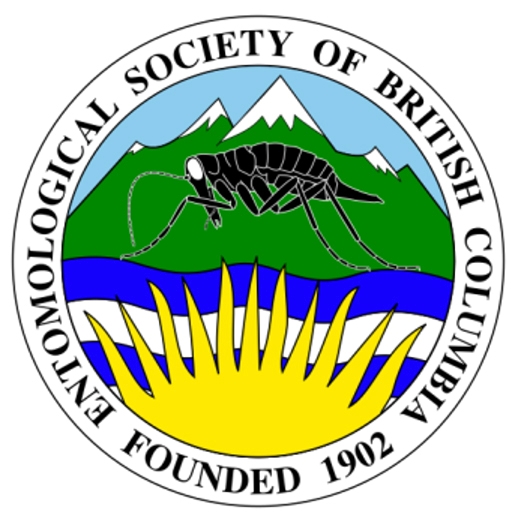
2. Give the binomial name of the new record-holder for millipede with greatest number of legs, along with its country of origin. (Answers: Eumillipes persephone; Australia)
3. What is a chemical called that is added to an insecticide that enhances the formulation and efficacy, but is not itself toxic? (Answer: an adjuvant)
4. Name the heme containing enzymes that play a role in the detoxification of xenobiotics such as pesticides. (Answer: Cytochrome P450s)
5. What is the most prevalent virus affecting humans that is vectored by Aedes mosquitoes? (Answer: Dengue)
UC Davis has scored three national championships since 2015.
- In 2018, the University of California team (UC Davis/UC Berkeley) won the national championship, defeating Texas A&M. The team included captain Ralph Washington Jr., then a UC Berkeley graduate student with a bachelor's degree in entomology from UC Davis; doctoral students Brendon Boudinot, Jill Oberski and Zachary Griebenow of the Phil Ward lab, and doctoral student Emily Bick of the Christian Nansen lab.
- UC Davis won the national competition in 2016, defeating the University of Georgia. The UC Davis team included captain Ralph Washington Jr., Brendon Boudinot and Emily Bick.
- UC Davis won the national competition in 2015, defeating the University of Florida. The team included captain Ralph Washington Jr., and members Brendon Boudinot, Jessica Gillung and Ziad Khouri.
The Pacific Branch of ESA encompasses 11 Western states, parts of Canada and Mexico and several U.S. territories.
ESA will host the Nov. 13-16 meeting as a joint meeting with the Entomological Society of Canada and the Entomological Society of British Columbia. The theme is "Entomology as Inspiration: Insects through Art, Science, and Culture."
The 7000-member ESA, founded in 1889, is the world's largest entomological organization. It is affiliated with educational institutions, health agencies, private industry and government. Members are researchers, teachers, extension service personnel, administrators, marketing representatives, research technicians, consultants, students, pest management professionals, and hobbyists.
Resources:
- Listen to the 2018 Entomology Games (won by the University of California team, comprised of UC Davis and UC Berkeley students), posted on YouTube (audio only, no video)
- Watch the 2016 National Linnaean Games Championship Round (won by UC Davis), posted on YouTube
- Watch the 2015 National Linnaean Games Championship Round (won by UC Davis), posted on YouTube
